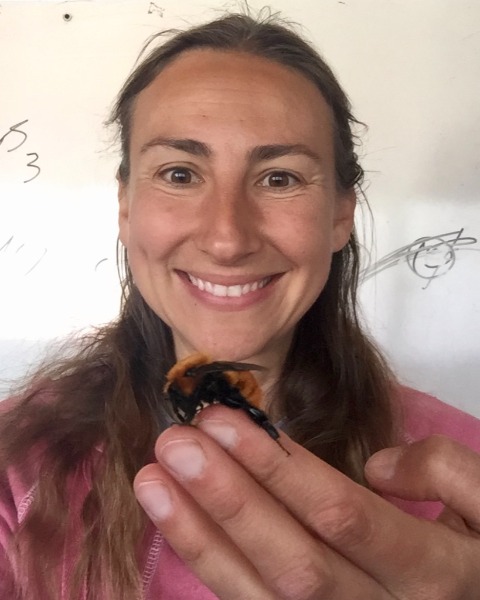P-IE
Student Competition 10-Minute Paper
Grad 10-min: P-IE, Pollinators 2
Landscape enhancements improve bee health and plant-bee interactions
On-Demand

Katherine Borchardt
Ames, IA

Amy Toth
Iowa State University
Ames, Iowa
Presenting Author(s)
Co-Author(s)
Agriculture is expanding to sustain the exponentially growing human population, causing organisms such as native bees to decline. Conservation must adapt to exist in a more heavily agricultural environment. Restored plant communities have shown increased abundance and diversity of native bees, however new research shows that species interactions are better predictors of ecosystem health. One promising habitat restoration project is the Science-Based Trials of Rowcrops Integrated with Prairie Strips project (known as S.T.R.I.P.S.) at Iowa State University, which plants native prairie communities within crop fields. I analyzed the difference in plant-bee networks along with native bee health crop fields with prairie strips (prairie strips) and crop fields without native habitat features (crop fields). I built networks using observed interactions from bee specimens collected in 2019 from 10 sites and pollen interactions estimated from body pollen carriage of each bee specimen. My results showed that prairie strips had more interacting partners on average for each species (links per species) and a structure that provides more support for specialized species (nestedness). I also found higher interaction specialization, but this was not caused by a response to the environment. Bees had improved health in prairie strips due to decreased foraging effort shown by higher wing area, but the significance varied by bee genera. Overall, this research shows that landscape enhancements integrated into agricultural can be effective for bee conservation and that using plant-bee interaction networks provides greater understanding of how conservation projects influence native organisms and ecological functions.


